Best Things To Do In The Grampians, Australia
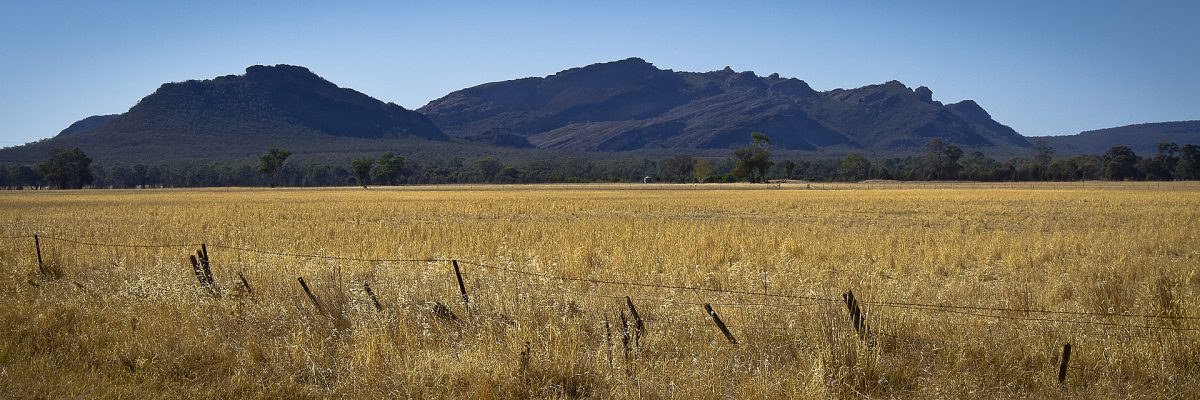
The Grampians are a rugged, mountainous area in Victoria, just a couple of hours from Melbourne. They’re one of the most popular spots for people looking to get out of the city and enjoy Australia’s natural landscape. Whether you’re looking for excitement or relaxation, this part of Australia will surprise you and make you want to come back for more.
So, if you have an intrepid spirit and strong legs, it’s time to explore the Grampians.
Where is the Grampians Region?
The Grampians region stretches from Melbourne’s western edge to the border of South Australia. It has an interesting and sometimes sordid history, defined by the gold rush and traditional industries. This region is very popular amongst tourists because of the natural assets like the Grampians National Park and the Little Desert
National Park.
There are lots of small towns in the Grampians region, each of them with their own charm and attractions. Some of the most popular towns for tourists include Ararat, Ballarat, Horsham, Stawell, and Great Western. The area is also divided on the map into separate shires, each of them with their own attractions.
Weather In the Grampians

Image by mohamed Hassan from Pixabay
The weather in the Grampians region can be a challenge on a lot of fronts. It’s prone to changing weather and climate patterns which can make farming difficult. The often-dry weather also increases the risk of bushfires. Towns throughout the Grampians National Park, around Ballarat, and between Melbourne and Ballarat are frequently under threat from this risk.
If you’re traveling to the Grampians, make sure that you check the weather first and pay attention to any fire warnings. General bad weather will make outdoor activities in the Grampians more difficult and even dangerous, so choose your activities according to the weather report.
The Grampians have a semi-arid climate in summer and wet, rainy winter. There’s a lot of rain in winter, which is between June and August. This is the low season for this region. Spring is usually sunny with cool nights and the temperatures range between 20 and 30 degrees. Everything blooms in the Grampians at this time of year, so it’s a popular time to visit. In summer the temperatures can soar over 40 degrees and get very uncomfortable. Temperatures this high are fairly uncommon though.
Most of the time the temperature ranges between 28 and 35 degrees, so choose your days wisely if you’re going to be active in the park.
Getting To The Grampians
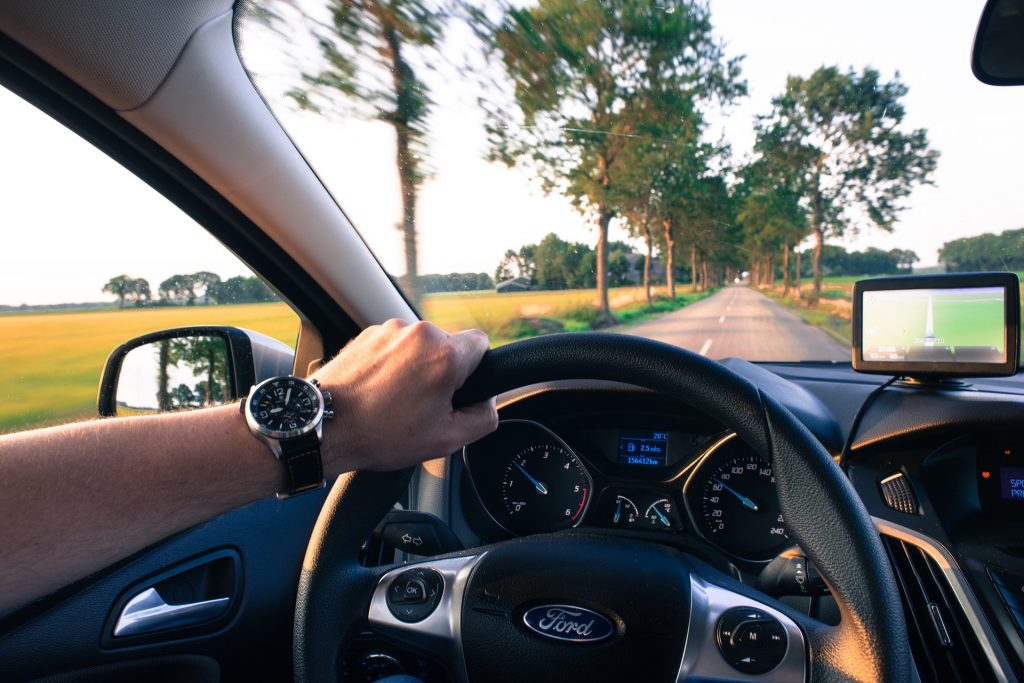
Image by Rudy and Peter Skitterians from Pixabay
The Grampians are around 260 kilometres (160 miles) west of Melbourne and 460 kilometres (290 miles) east of Adelaide. There are several easy ways to get there which include:
By Car
You can travel to the Grampians by car or by public transport. If you’re driving, take the Western Freeway to Ararat and then take the Ararat Pomonal Road towards Halls Gap. You can also keep going on the highway until you reach Horsham or Stawell.
Another great way to explore the Grampians is by taking the Great Southern Touring Route. This is a self-driving route that will allow you to explore some of the best natural spots in the region. It takes in the most spectacular scenery in Victoria, including the Great Ocean Road and continues through the Grampians before ending at
Ballarat.
People who are traveling from Adelaide to Melbourne can stop at the Grampians too. This is a well-worn travel route that leaves from Adelaide and includes the World Heritage-listed Naracoorte Caves in South Australia and Little Desert in Victoria.
By Train
Travel between the Grampians and Melbourne by train is simple. The V/Line runs daily services between the Southern Cross Station to Ararat. If you want to explore other parts of the region, there are connection coach services available.
If you’re traveling from Adelaide, then the train is a good option. Take the Overland train from Adelaide to Horsham. You will then have to hire a car in Horsham and drive the rest of the 55 to 70-minute trip to the Grampians.
By Plane
You can’t travel between the Grampians and Melbourne by plane. But if you’re in Adelaide and have limited time to explore this part of the country, this is a good way to travel. The flights are quick, cheap, and depart regularly.
Once you’re in the Grampians region, it’s time to decide what to see while you’re there.
Grampians National Park
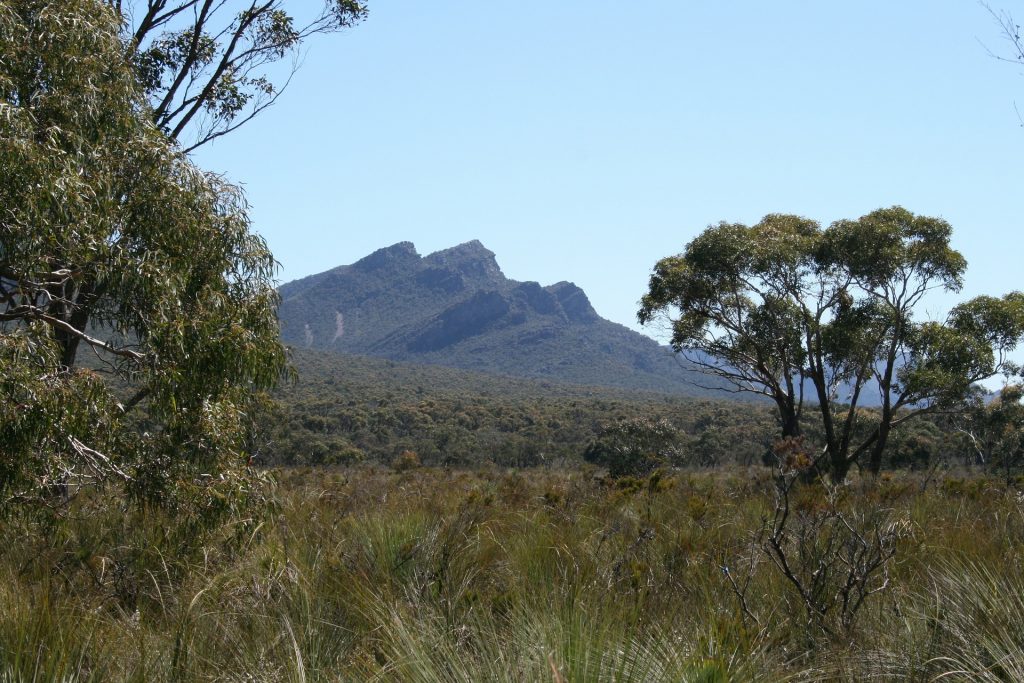
Image by Andreas Schau from Pixabay
The Grampians National Park is one of the most popular places to visit in this region. It’s an enormous park located close to the city of Melbourne, which makes it the perfect place when you need to get away from the city. It also contains several top attractions like MacKenzie Falls, The Pinnacles, and the Balconies.
The national park is filled with beautiful waterfalls, important Aboriginal sites, scenic hikes, and great climbing areas. Whether you enjoy camping, hiking, nature walks, picnicking outside, or just relaxing in nature, this park has everything. It’s also full of native plants and animals too. So, if you’ve ever wanted to see kangaroos, koalas, emus, or wedge-tailed eagles, this is where they live.
Halls Gap
Halls Gap is a purpose-built tourist town nestled in the center of the Grampians. It makes the perfect base for exploring other areas in the Grampians and contains lots of places to stay, eat, and shop. And you don’t have to go far from town to explore Australia’s wildlife, because the town often plays host to a range of animals. While wandering around, you’re likely to see kangaroos hanging out in the park, native birds begging for your lunch, and emus strolling along the footpath.
The town is dedicated to entertaining its visitors in every way possible. That’s why it holds seasonal festivals and events that showcase the best the region has to offer. So, you can stay at one of the town’s many accommodation options and go out into the outback to explore during the day.
Halls Gap Zoo
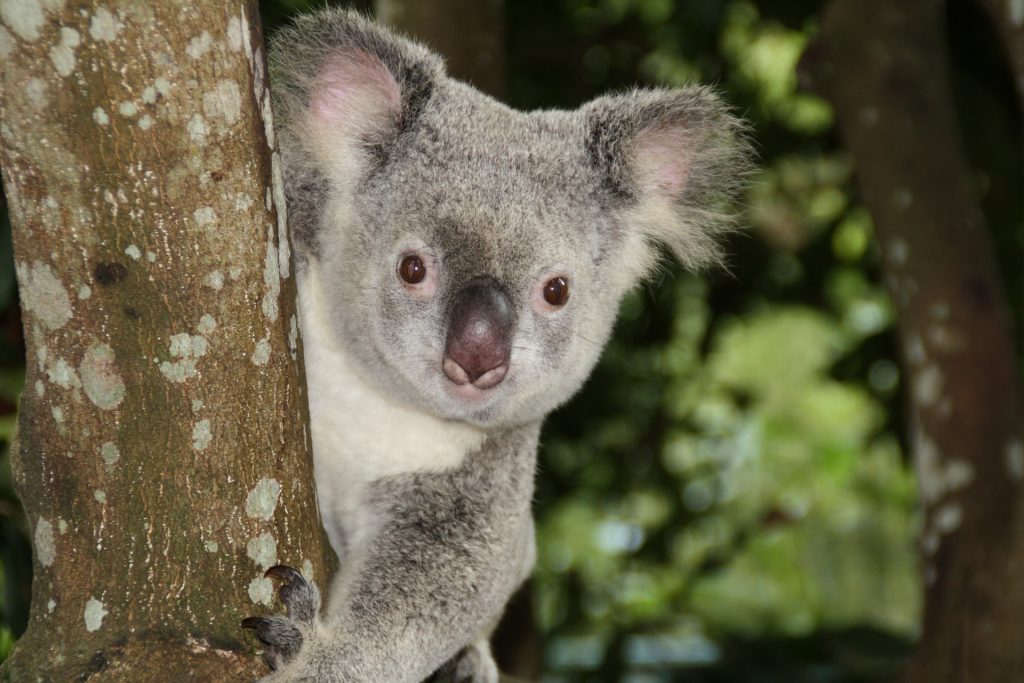
Image by Dirk Heuser from Pixabay
If you miss the chance to see some of Australia’s animals in the wild, then why not try the zoo? The Halls Gap Zoo contains more than 160 native and exotic animals. The zoo is an important part of the Australian breeding program for endangered species and Victoria’s largest region zoo.
The Halls Gap Zoo is located in the foothills of the Grampians mountain range. Just some of the animals you can see at the zoo are dingoes, red pandas, lemurs, kangaroos, koalas, giraffes, and macaws. And if you’re lucky, you may get to have a close encounter with some of the animals or enjoy a zookeeper experience.
Boroka Lookout
Not far from the town of Halls Gap is Mt Difficult Road, where the best lookout in the Grampians can be found. From the car park there, it’s only a short walk to the Boroka Lookout, where you can enjoy panoramic views of Halls Gap and Lake Bellfield.
If you want to spend a little more time in this area, then pack a picnic basket. The area contains picnic tables and bathroom facilities so you can eat, stretch your legs, and enjoy the views. The Boroka Lookout is also a popular birdwatching spot, so watch for some of Australia’s feathered residents.
Little Desert National Park
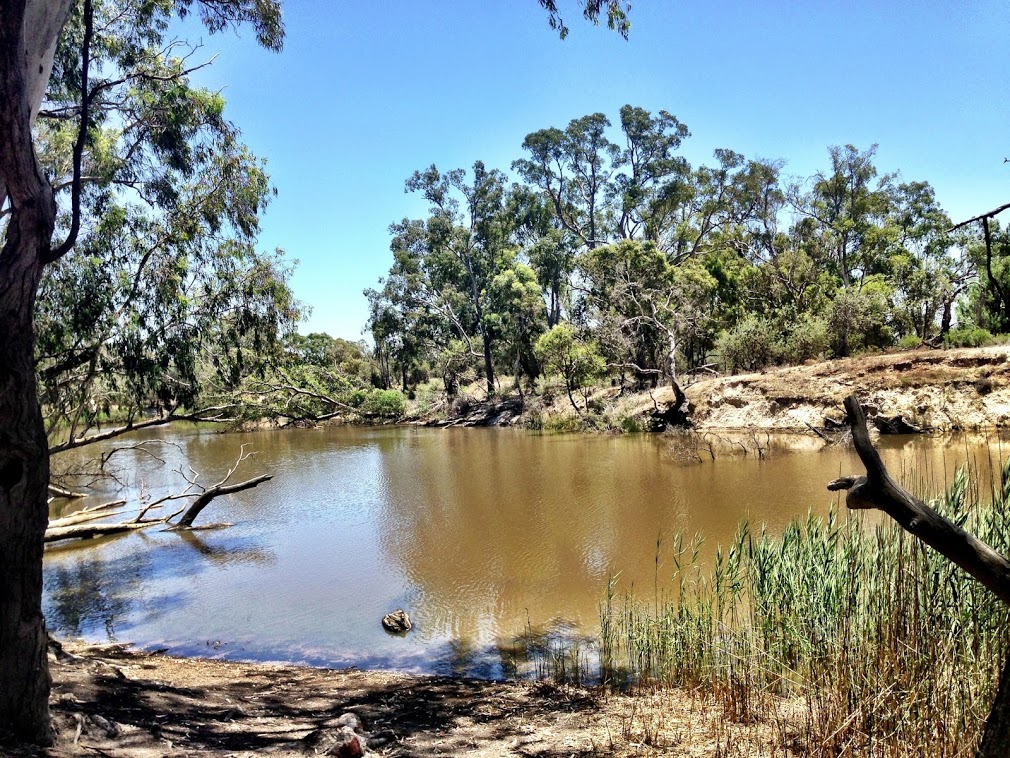
By Enguerrand Blanchy – Own work, CC BY-SA 4.0, https://commons.wikimedia.org/w/index.php?curid=48808092
The Little Desert National Park is a quieter park that contains an incredibly diverse array of flora, fauna, and landscapes. This is where you can explore rolling sand dunes as well as casuarina woodlands, all within the same park. It’s also a great place to hike because you’ll be able to experience the Australian outback in relative peace and quiet.
If you’re looking for things to do in the Little Desert National Park, then try the Stringybark Walk and enjoy the diverse flora. Look for the Malleefowl on the Sanctuary-Keith Hateley Nature Walk or really test yourself on the overnight Desert Discovery Walk. If you want something more sedate, then camp out beside the Wimmera River and enjoy the night sky unobstructed by lights. You can also explore the park by four-wheel-drive along the dirt tracks that cross the park.
Lake Fyans
When you live or travel in Australia, there’s nothing like a lake on a hot summer’s day. Lake Fyans in the Grampians is a man-made lake between the towns of Stawell and Pomonal. It’s one of the best spots in the region for water sports and offers a magnificent panorama.
Lake Fyans offers lots of opportunities for outdoor activities from scenic walking pathways to birds and animals watching. You can also hike, bike, fish, or go sailing on the water. You can stay in the area if you want to spend a few days enjoying the water as well. There are holiday parks, hotels, and bed and breakfasts close by.
Try Some Wine

Image by Photo Mix from Pixabay
The Grampians region contains several important wineries. Most of them are clustered around the towns of Ararat and Pyrenees, though there are plenty more throughout the region.
The Seppelts Great Western Winery is a great choice for tourists. It not only sells great wines but also has underground tunnels that you can explore. The tunnels date back to the late 1800s and were used to store sparkling wine. The Best’s Wines Great Western is also a good choice. It was founded in 1866 and is one of the oldest family-run wineries in the region.
The Venus Baths
The Venus Baths is a popular waterway in the Grampians. It offers picturesque scenery, a freshwater lake, lots of hiking trails, and some unusual rock formations. This attraction is like a naturally formed water park and you can choose your level of activity when you visit. There are areas where you can relax and float in peace and more active sections like natural water slides as well.
To get to the baths, walk from the gate at the Botanical Garden. It’s a short, easy walk to the baths. You can also take a 2.3-kilometer stroll around the baths. This is an easy grade walk and you can check out all the best places as you go around.
J Ward Museum
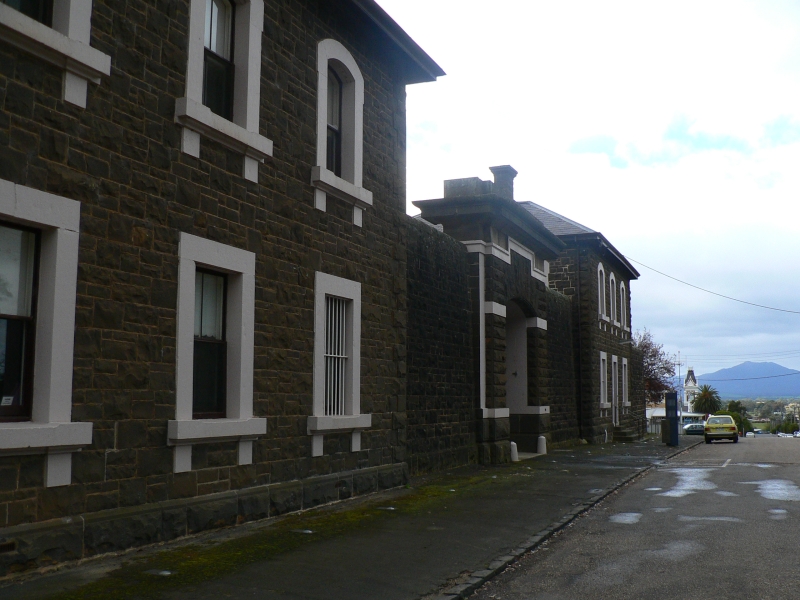
By Rulesfan at English Wikipedia Public Domain
If you’re interested in checking out the darker side of Australian history, then you can do it at the J Ward Museum. The museum is located in the town of Ararat and opened in 1859 as a goldfield prison. When the gold boom subsided, it was used as a maximum-security prison that housed Victoria’s criminally insane. Over the years, it has held some of the worst prisoners in Victoria’s history, including the infamous Chopper Reed.
The prison was shut down in 1991 and turned into a museum that brings light to the darkest parts of the past. While you’re there, you can tour the original structures, see items from its earliest days, and take a guided tour so you can ask any questions that come up.
Mount William
Mount William is located near the town of Mafeking in the Grampians. The mountain is over 1,168 meters high and has some of the best lookout and scenic spots in the whole Grampians area. From this vantage point, you can see the entire mountain range and the surrounding areas.
There are lots of things to do around Mount William. Driving tours to the area from Melbourne are particularly popular as the mountain is only around 250 kilometers from the city. This means that you can do a day trip and be back in time for dinner. The area contains picnic grounds, hiking trails, and places to rock climb as well. You can also take tours such as the popular bushwalking tour, which is a medium grade walk and good for almost all fitness levels.
The Grampians is a great natural region to visit if you’re visiting Adelaide or Melbourne. It’s the ideal way to access and explore Australia’s outback without going far from the safety of a major city.

